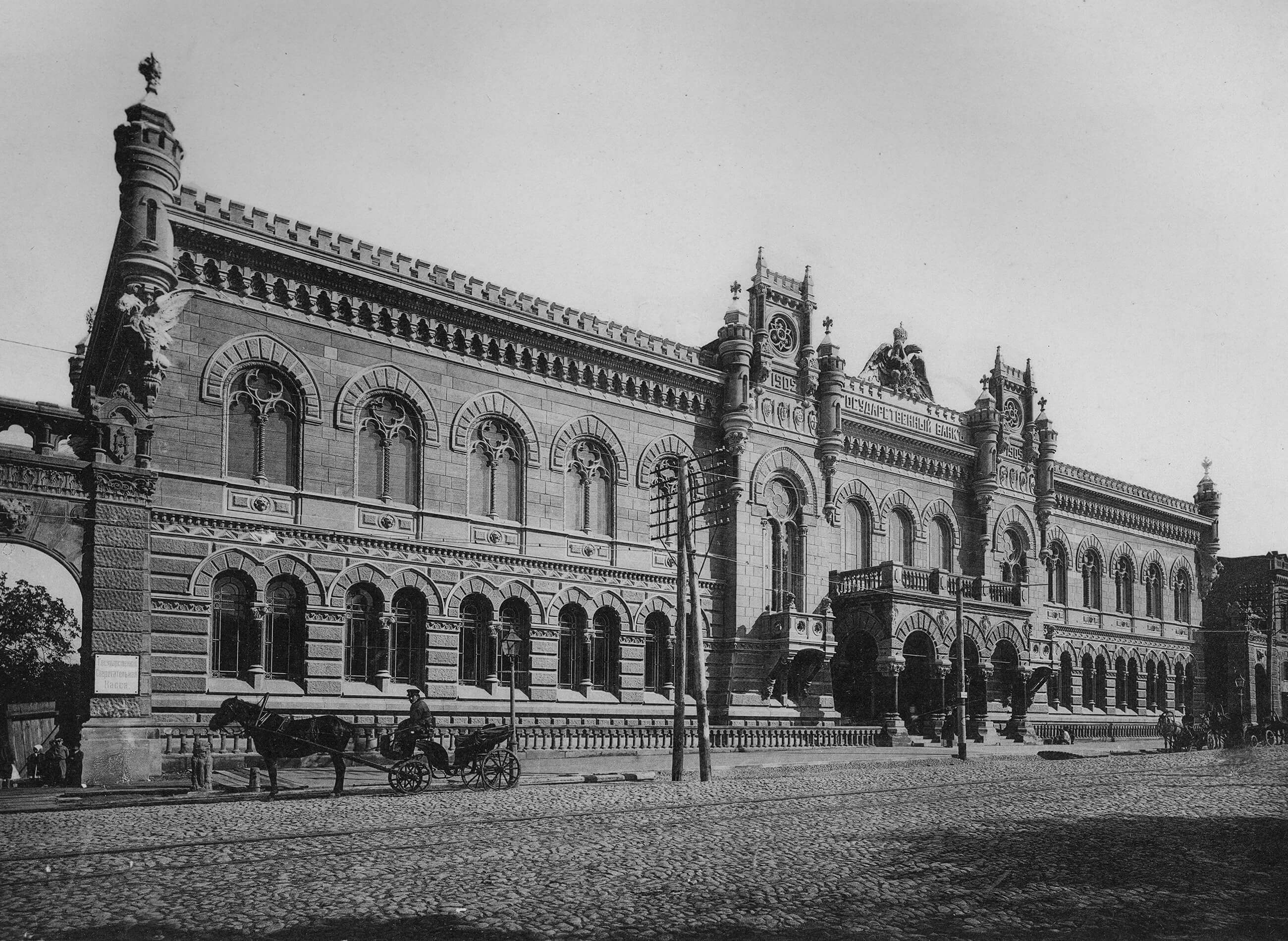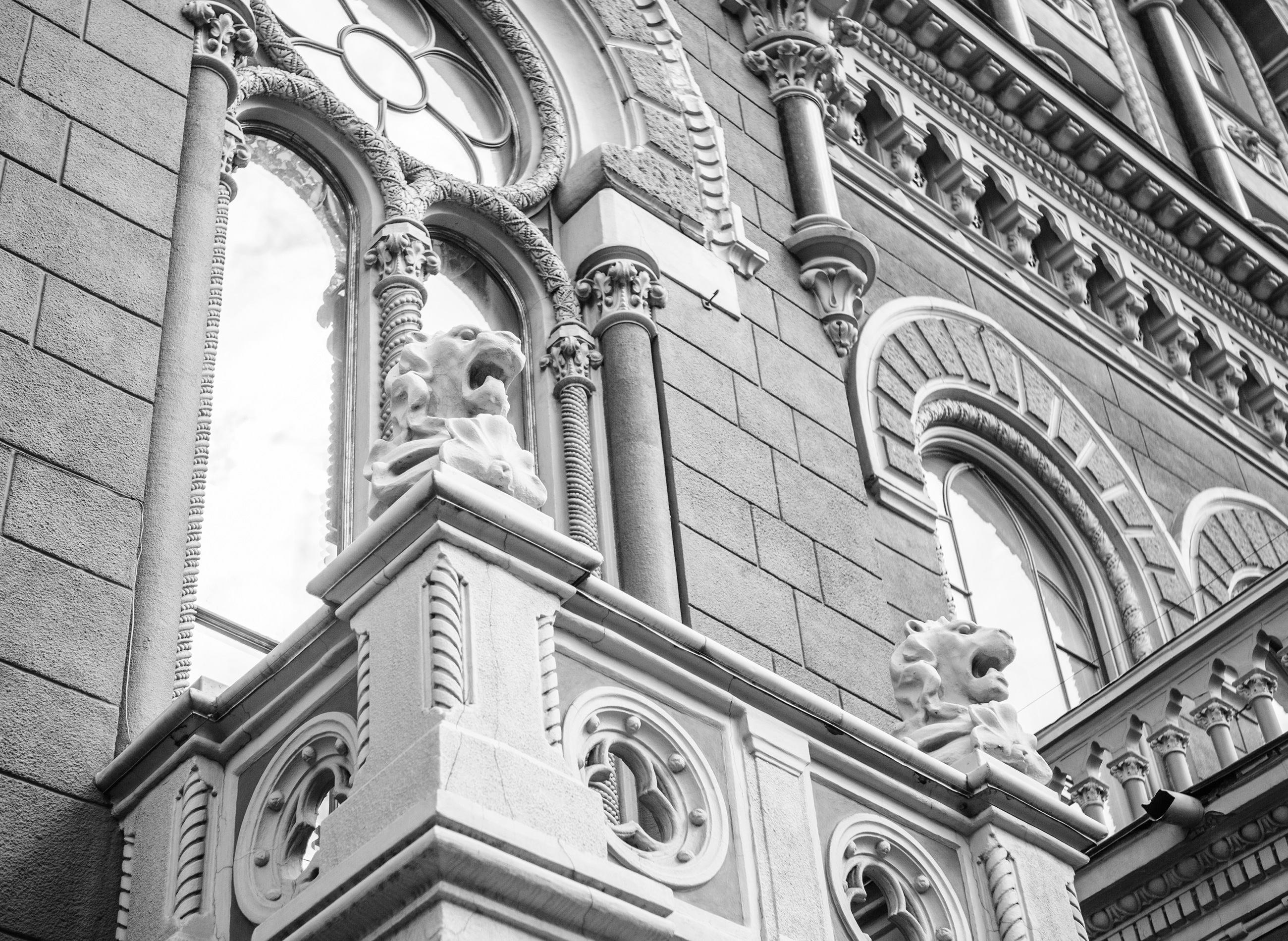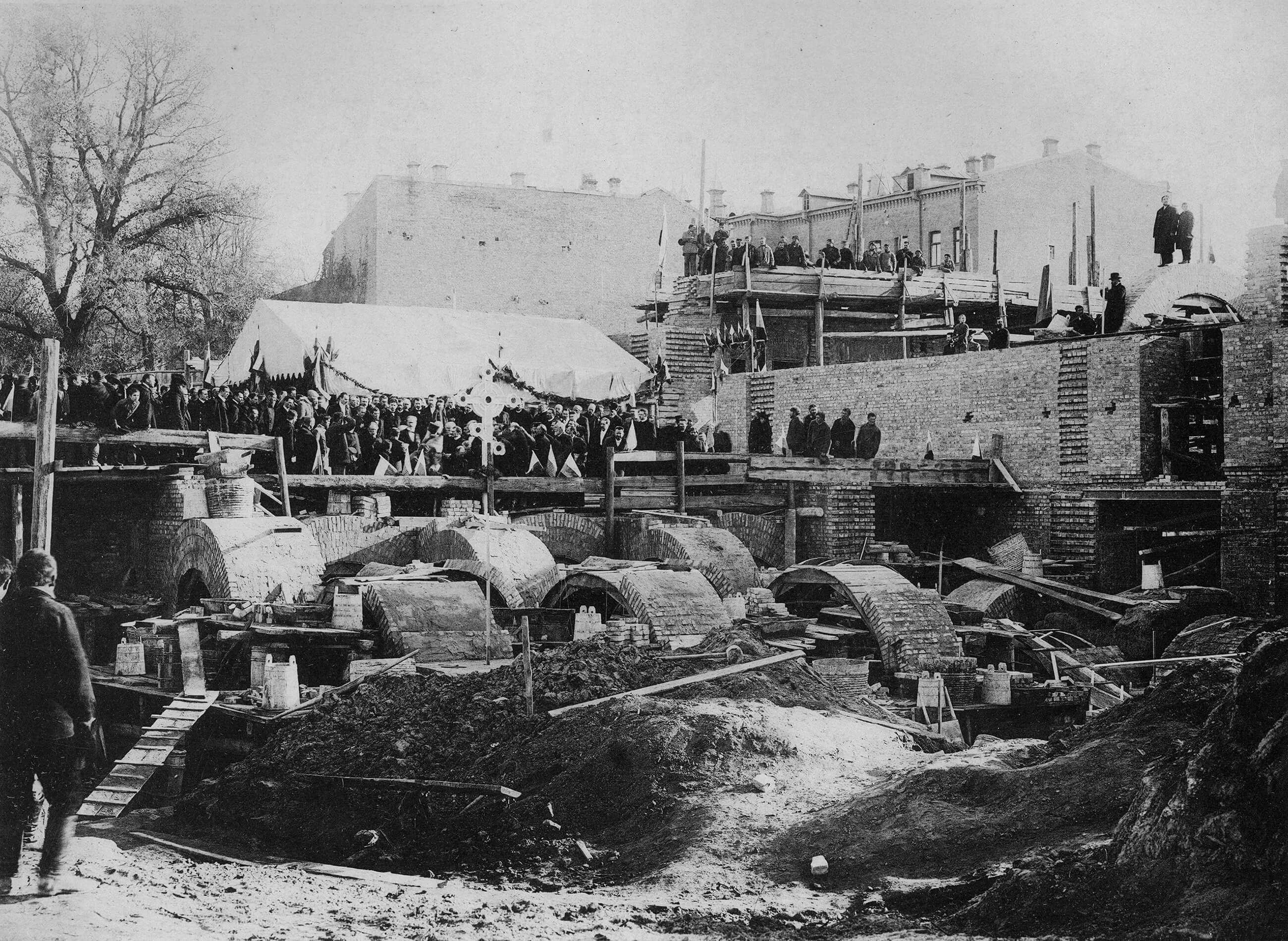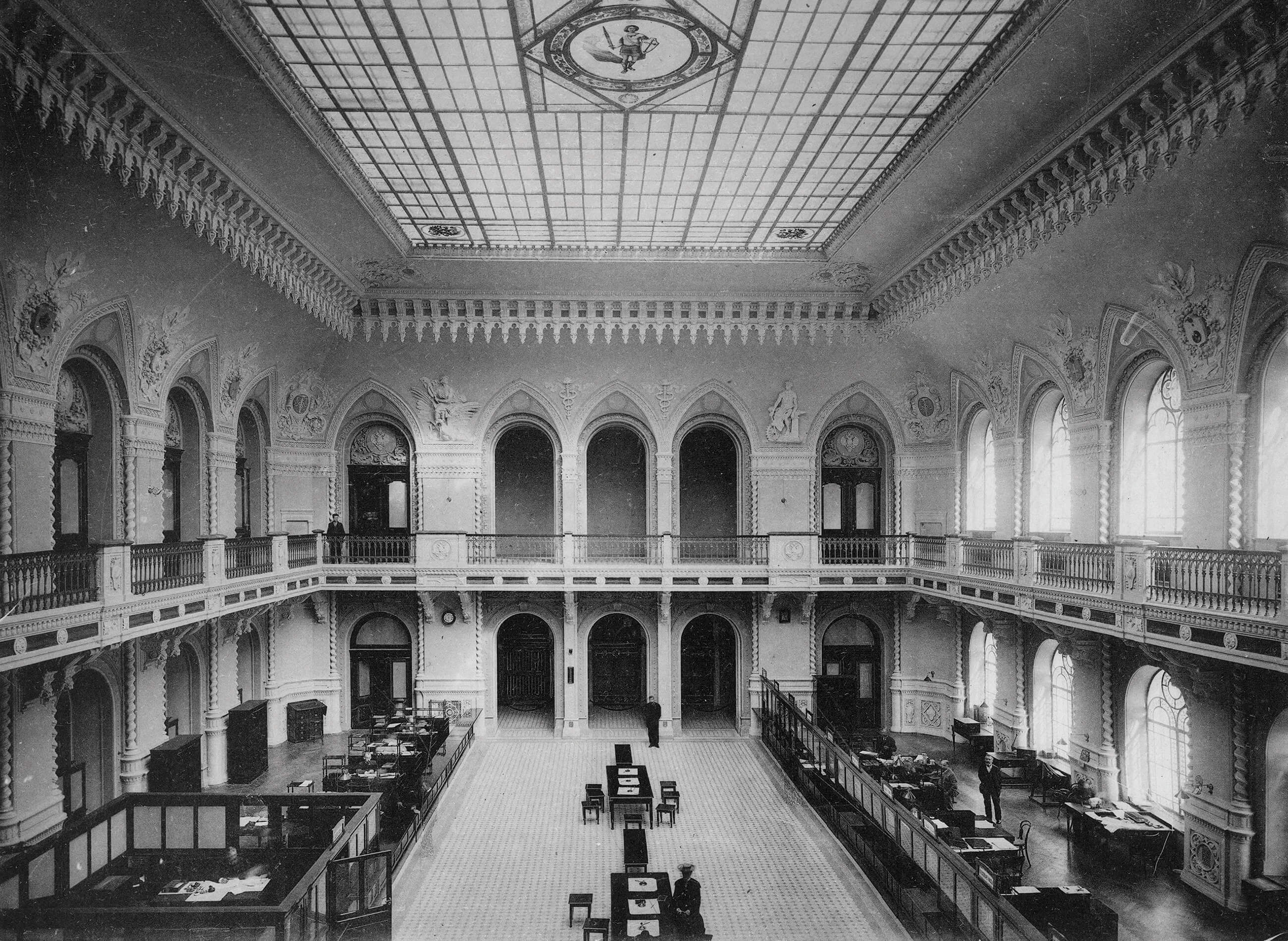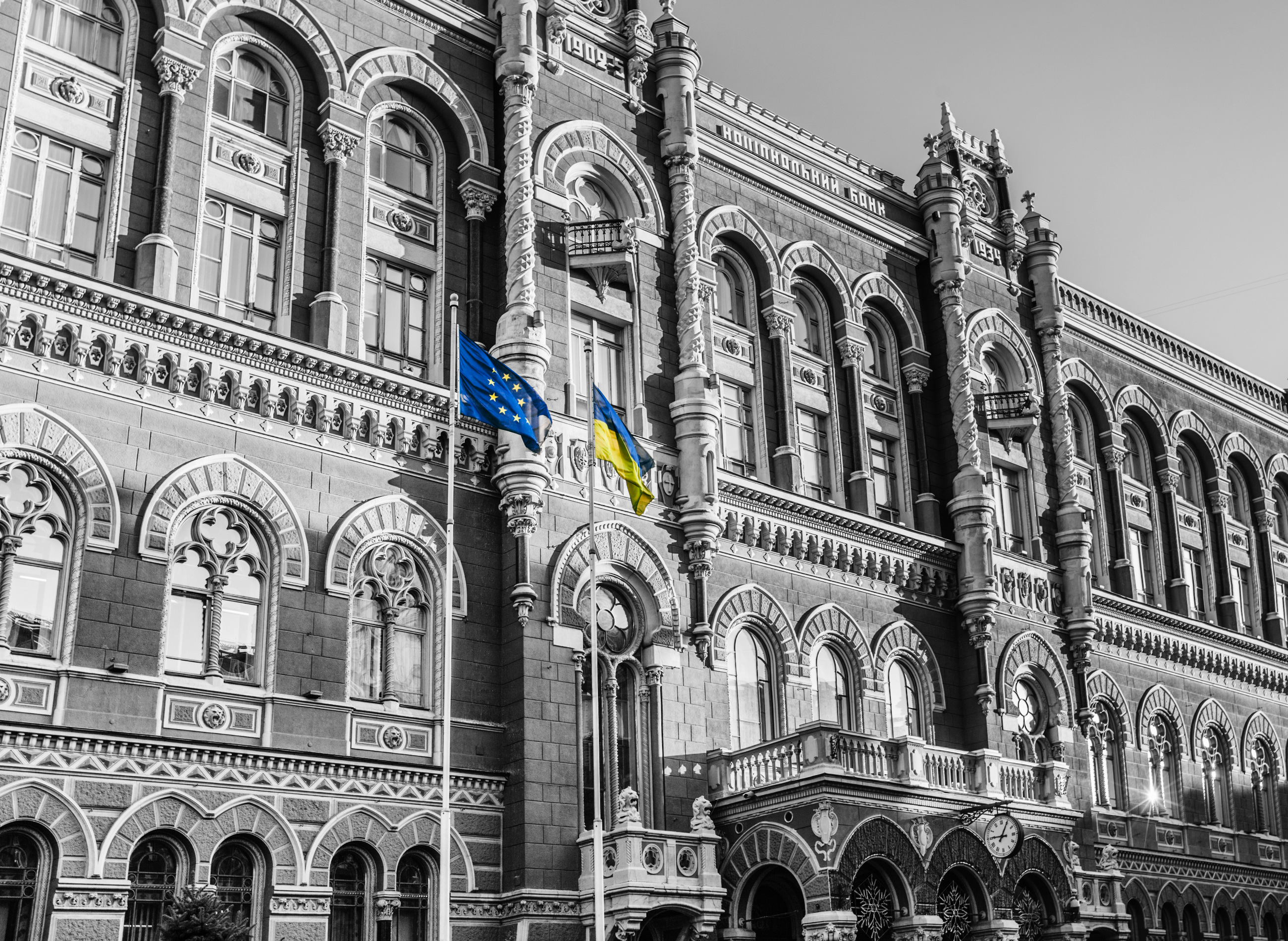During Ukraine’s struggle for independence from 1917 to 1921, the introduction of a national currency and the establishment of an independent banking system were of great importance in creating a sovereign Ukrainian state.
On 22 December 1917, the Central Council adopted a law declaring the Russian State Bank’s Kyiv branch Ukraine’s state bank. Mykhailo Kryvetskyi was appointed the first director of the bank. It was Kryvetskyi who signed the first banknote issued by the independent Ukrainian state – the 100 karbovanets banknote, which was put into circulation on 5 January 1918.
One karbovanets was equivalent to 17.424 measures of pure gold, with one measure equaling 0.044 g of gold. The banknote was officially known as a State Bill of Credit. A total of 55,000 banknotes, with a total worth of 5.5 million karbovanets, were issued. The banknote was designed by the prominent Ukrainian graphic artist Heorhiy Narbut.
Those were difficult times. In late 1918, the Bolsheviks occupied Kyiv. They forced open the safes of the Ukrainian banks and their branches in all cities, transferred the money to the State Bank of the Russian Soviet Federative Social Republic, and confiscated bullion gold and gold coins.
On 3 March 1918, Kryvetskyi was replaced by Volodymyr Ihnatovych, a member of the Kyiv Old Community (an organization involved in community, cultural and educational activities), a financier, and an ardent supporter of everything Ukrainian. During his tenure, Ihnatovych signed six banknotes issued by independent Ukraine.
In 1918, under the Hetmanate, the State Bank, together with the Finance Ministry, was involved in constant efforts to establish a Ukrainian national financial system, and to withdraw the country from the Russia ruble area. In addition, the government of the Ukrainian state settled international financial transactions via the State Bank.
Kostiantyn Klepachivskyi, one of the State Bank’s first employees and co-founders, was the last director of the bank. It was he who, following many changes of location, finally had to evacuate the State Bank in 1920 to the Polish town of Częstochowa. Unfortunately, the bank’s documents and archives disappeared without a trace after the Germans took everything away in August 1944.
The National Bank of Ukraine is the central bank of independent Ukraine









